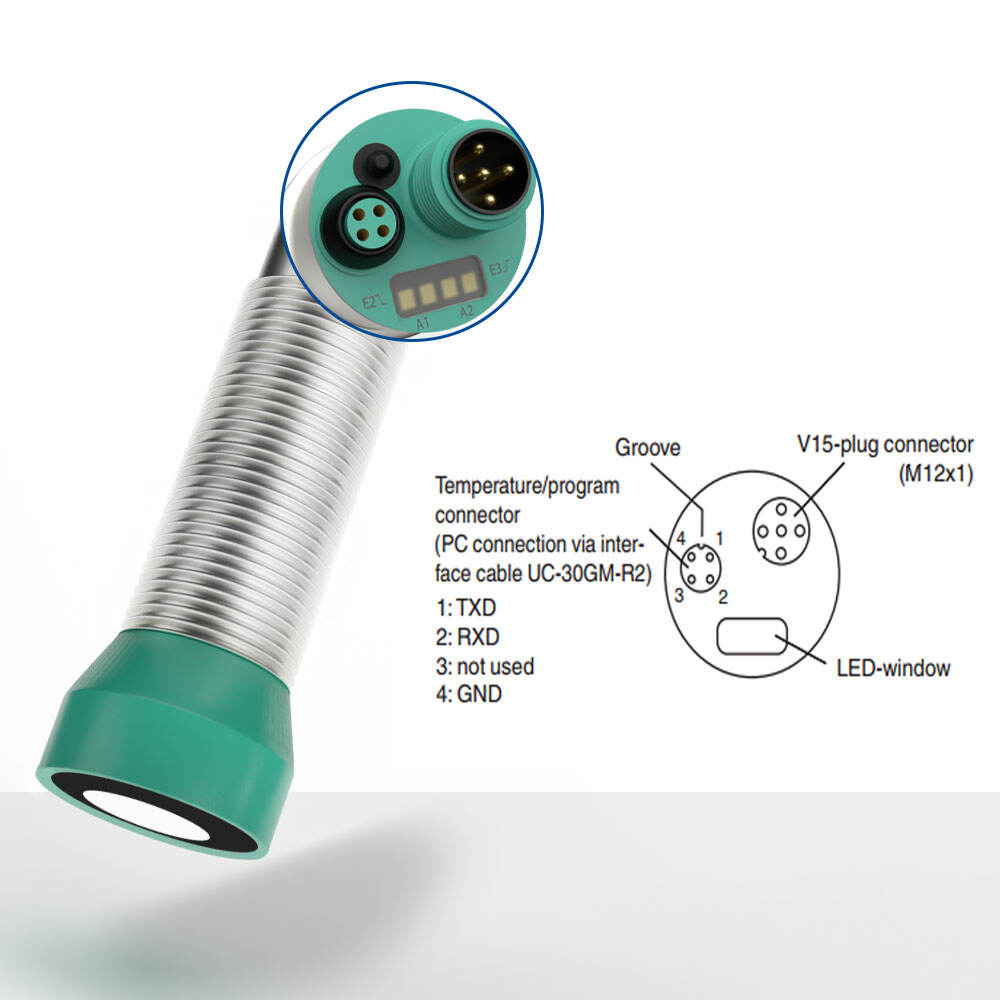Superior Environmental Protection
The proximity reed switch's exceptional environmental protection capabilities set it apart in the market of sensing devices. The hermetically sealed construction creates an impenetrable barrier against environmental contaminants, ensuring optimal performance even in the most challenging conditions. This sealed design prevents the ingress of dust, moisture, corrosive substances, and other potentially harmful elements that could compromise switch operation. The robust housing options, including stainless steel and high-grade plastics, provide additional protection layers suitable for various industrial environments. This level of protection translates to consistent performance in outdoor installations, marine environments, and locations with high humidity or extreme temperature variations. The switch maintains its functionality even when exposed to pressure changes, making it suitable for use in pressurized systems or altitude-varying applications.










